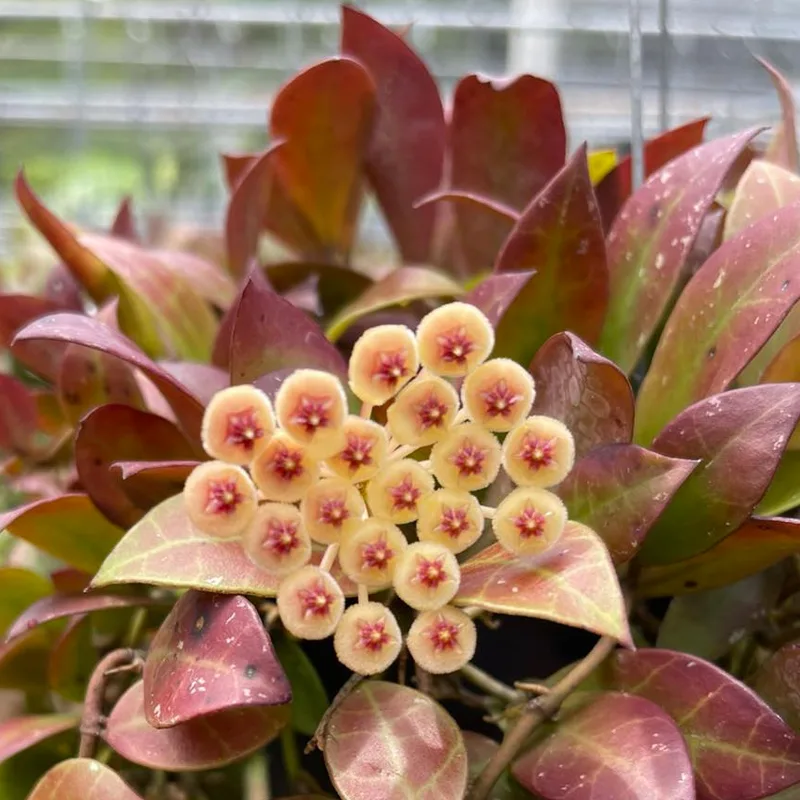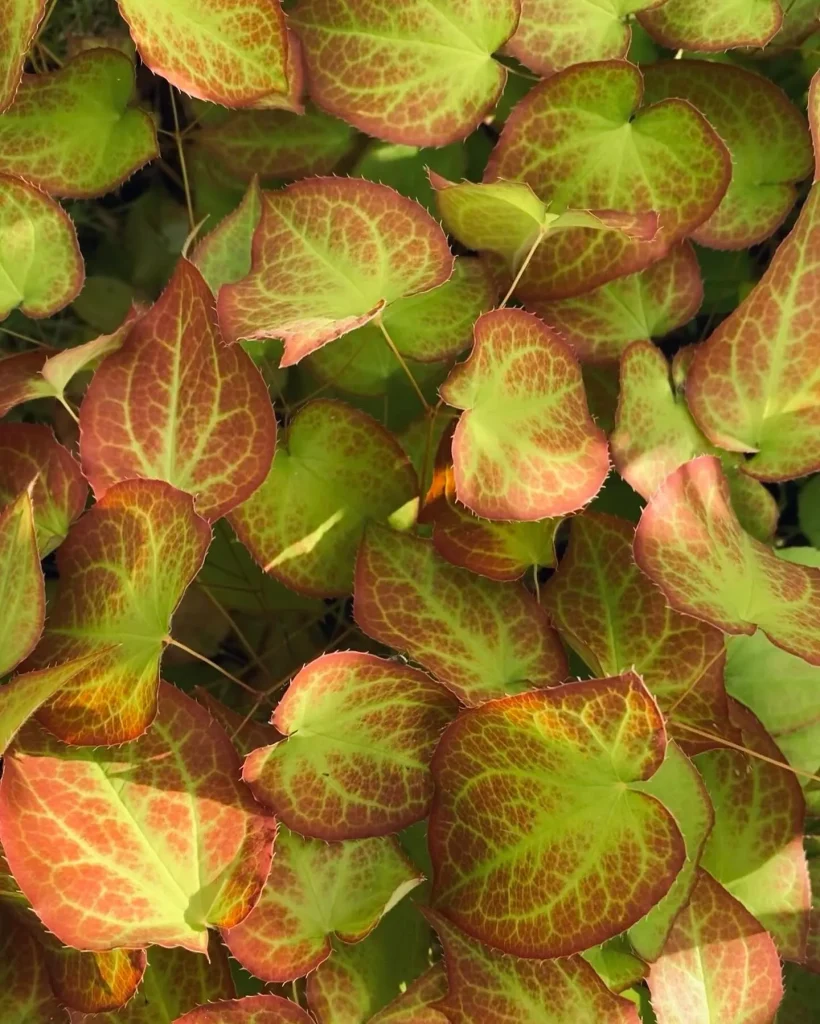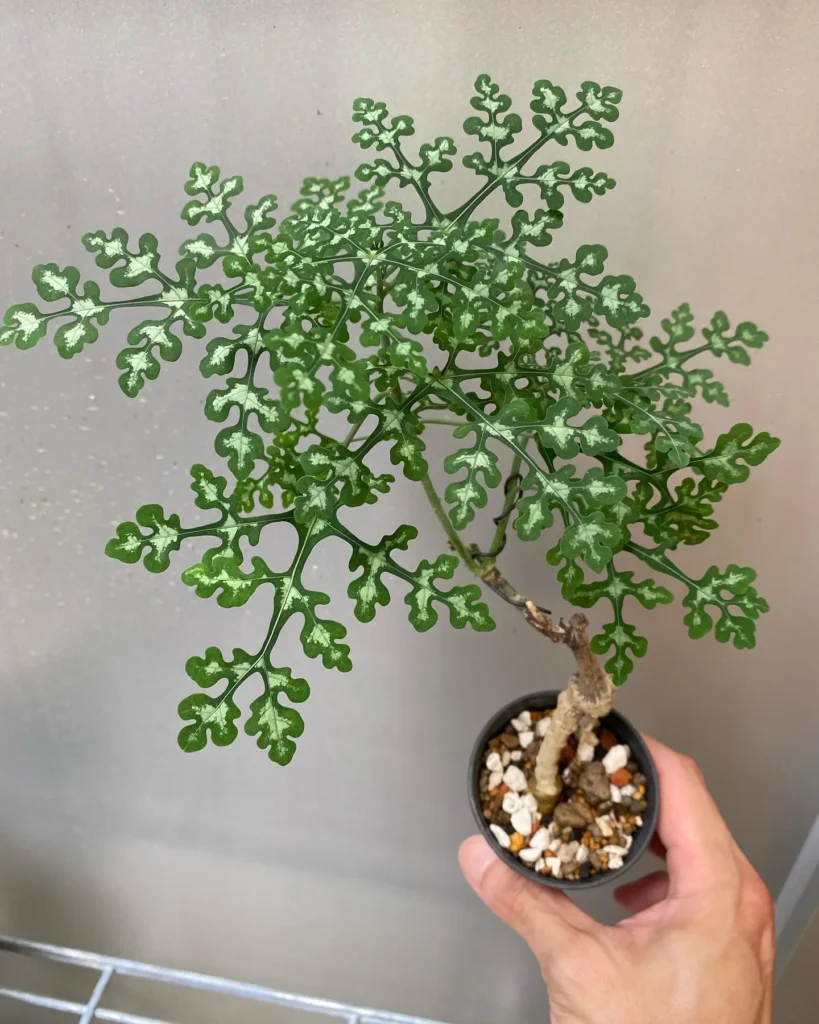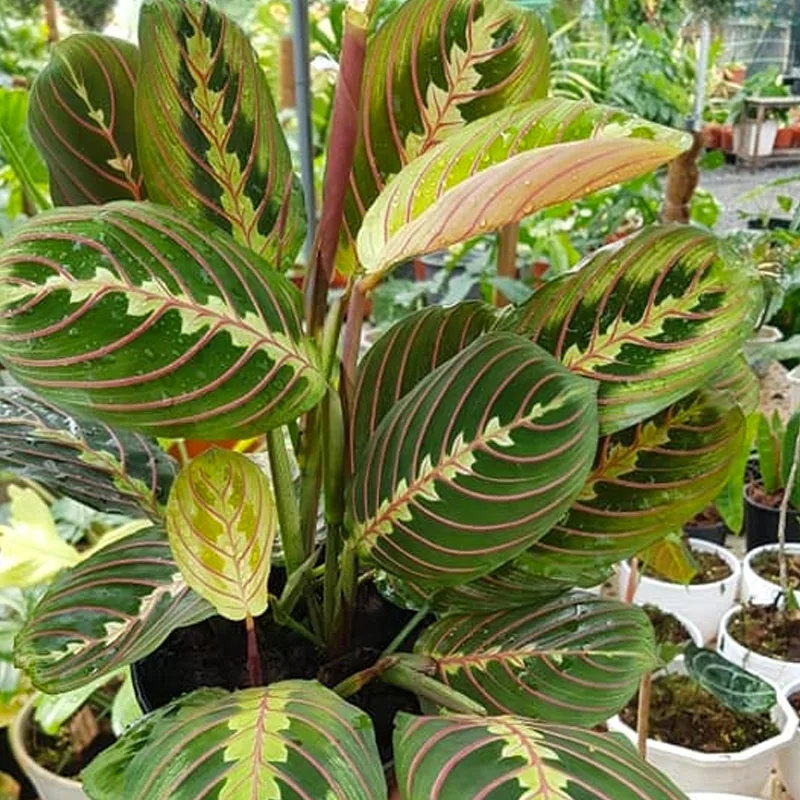My Fascination with Gymnocalycium
I’ve always been drawn to the unique beauty of cacti, their ability to thrive in harsh conditions a testament to their resilience. But among the many genera of Cactaceae – the cacti family, there’s one that holds a special place in my heart: Gymnocalycium. These South American natives, commonly known as chin cacti, captivate me with their diverse forms, vibrant flowers, and intriguing name, which translates to “naked calyx.”
Why Gymnocalycium?
The first thing that struck me about Gymnocalycium was the sheer variety within the genus. From the small, globular Gymnocalycium baldianum with its fiery red blooms to the larger, columnar Gymnocalycium saglione with its imposing spines, there’s a Gymnocalycium for every taste. This diversity is a testament to the genus’s adaptability, allowing it to thrive in a range of habitats, from the arid plains of Argentina to the rocky slopes of the Andes.
But it’s not just their diversity that fascinates me; it’s their unique features. The “chin” that gives them their common name refers to the distinctive bump below each areole, a feature that sets them apart from other cacti. And then there are the flowers. Oh, the flowers! Bursting forth in a spectrum of colors – from the purest white to the deepest red, from vibrant yellows to soft pinks – they are a sight to behold. These flowers, often larger than the plant itself, are a beacon of life in the often-stark landscapes they inhabit.
A Closer Look at the Species
The genus Gymnocalycium boasts a rich tapestry of species, each with its own unique characteristics. Here are:
- Gymnocalycium affine Řepka
- Gymnocalycium alboareolatum Rausch
- Gymnocalycium alenae Kulhánek
- Gymnocalycium amerhauseri H.Till
- Gymnocalycium andreae (Boed.) Backeb. & F.M.Knuth
- Gymnocalycium angelae Mereg.
- Gymnocalycium anisitsii (K.Schum.) Britton & Rose
- Gymnocalycium × applanatum Řepka & Frélich
- Gymnocalycium arzbergeri Schädlich
- Gymnocalycium baldianum (Speg.) Speg.
- Gymnocalycium basiatrum F.Berger, Amerh. & Sedlmeier
- Gymnocalycium bayrianum Till ex H.Till
- Gymnocalycium berchtii Neuhuber
- Gymnocalycium bodenbenderianum (Hosseus ex A.Berger) A.Berger
- Gymnocalycium bruchii (Speg.) Hosseus
- Gymnocalycium cabreraense Schädlich, Bercht & Melojer
- Gymnocalycium calochlorum (Boed.) Y.Itô
- Gymnocalycium campestre Řepka
- Gymnocalycium capillense (Schick) Hosseus
- Gymnocalycium castellanosii Backeb.
- Gymnocalycium chacoense Amerh.
- Gymnocalycium chiquitanum Cárdenas
- Gymnocalycium denudatum (Link & Otto) Pfeiff. ex Mittler
- Gymnocalycium erinaceum J.G.Lamb.
- Gymnocalycium esperanzae Řepka & Kulhánek
- Gymnocalycium eurypleurum F.Ritter
- Gymnocalycium gibbosum (Haw.) Pfeiff. ex Mittler
- Gymnocalycium glaucum F.Ritter
- Gymnocalycium horstii Buining
- Gymnocalycium hossei (F.Haage) A.Berger
- Gymnocalycium kieslingii O.Ferrari
- Gymnocalycium kroenleinii R.Kiesling, Rausch & O.Ferrari
- Gymnocalycium kuehhasii Neuhuber & R.Sperling
- Gymnocalycium kulhanekii Papsch
- Gymnocalycium marekiorum Milt
- Gymnocalycium marsoneri Frič ex Y.Itô
- Gymnocalycium mendozaense C.A.L.Bercht & Schädlich
- Gymnocalycium mesopotamicum R.Kiesling
- Gymnocalycium mihanovichii (Frič & Gürke) Britton & Rose Plant FAQs: Moon Cactus – Gymnocalycium Mihanovichii
- Gymnocalycium × momo V.Gapon & Schelkun.
- Gymnocalycium monvillei (Lem.) Pfeiff. ex Britton & Rose
- Gymnocalycium mostii (Gürke) Britton & Rose
- Gymnocalycium neuhuberi H.Till & W.Till
- Gymnocalycium nigriareolatum Backeb.
- Gymnocalycium ochoterenae Backeb.
- Gymnocalycium oenanthemum Backeb.
- Gymnocalycium paediophylum Schütz
- Gymnocalycium paraguayense (K.Schum.) Hosseus
- Gymnocalycium pflanzii (Vaupel) Werderm.
- Gymnocalycium pinalii Mereg. & Kulhánek
- Gymnocalycium ponomarevae V.Gapon & Neuhuber
- Gymnocalycium quehlianum (F.Haage ex H.Quehl) Vaupel ex Hosseus
- Gymnocalycium ragonesei A.Cast.
- Gymnocalycium reductum (Link) Pfeiff. ex Mittler
- Gymnocalycium rhodantherum (Boed.) H.Till
- Gymnocalycium ritterianum Rausch
- Gymnocalycium robustum R.Kiesling, O.Ferrari & Metzing
- Gymnocalycium saglionis (Cels) Britton & Rose
- Gymnocalycium sanluisense Neuhuber
- Gymnocalycium schickendantzii (F.A.C.Weber) Britton & Rose
- Gymnocalycium schroederianum Osten
- Gymnocalycium spegazzinii Britton & Rose
- Gymnocalycium stenopleurum F.Ritter
- Gymnocalycium striglianum Jeggle ex H.Till
- Gymnocalycium taningaense Piltz
- Gymnocalycium uebelmannianum Rausch
- Gymnocalycium uruguayense (Arechav.) Britton & Rose
- Gymnocalycium victorii Neuhuber
- Gymnocalycium volskyi V.Gapon, Ponomareva, Protopopov, Schelkun. & Zaitseva
The Allure of Gymnocalycium
For me, Gymnocalycium represents more than just a collection of beautiful plants. They are a symbol of resilience, adaptability, and the surprising beauty that can be found in the harshest of environments. Their ability to produce such stunning flowers in such challenging conditions is a reminder that life finds a way, even when faced with adversity.
As I continue to explore the world of cacti, I find myself drawn back to Gymnocalycium time and time again. Their diversity, their unique features, and their vibrant flowers continue to captivate me. And I know that my journey with these fascinating plants is far from over.
If i die, water my plants!



